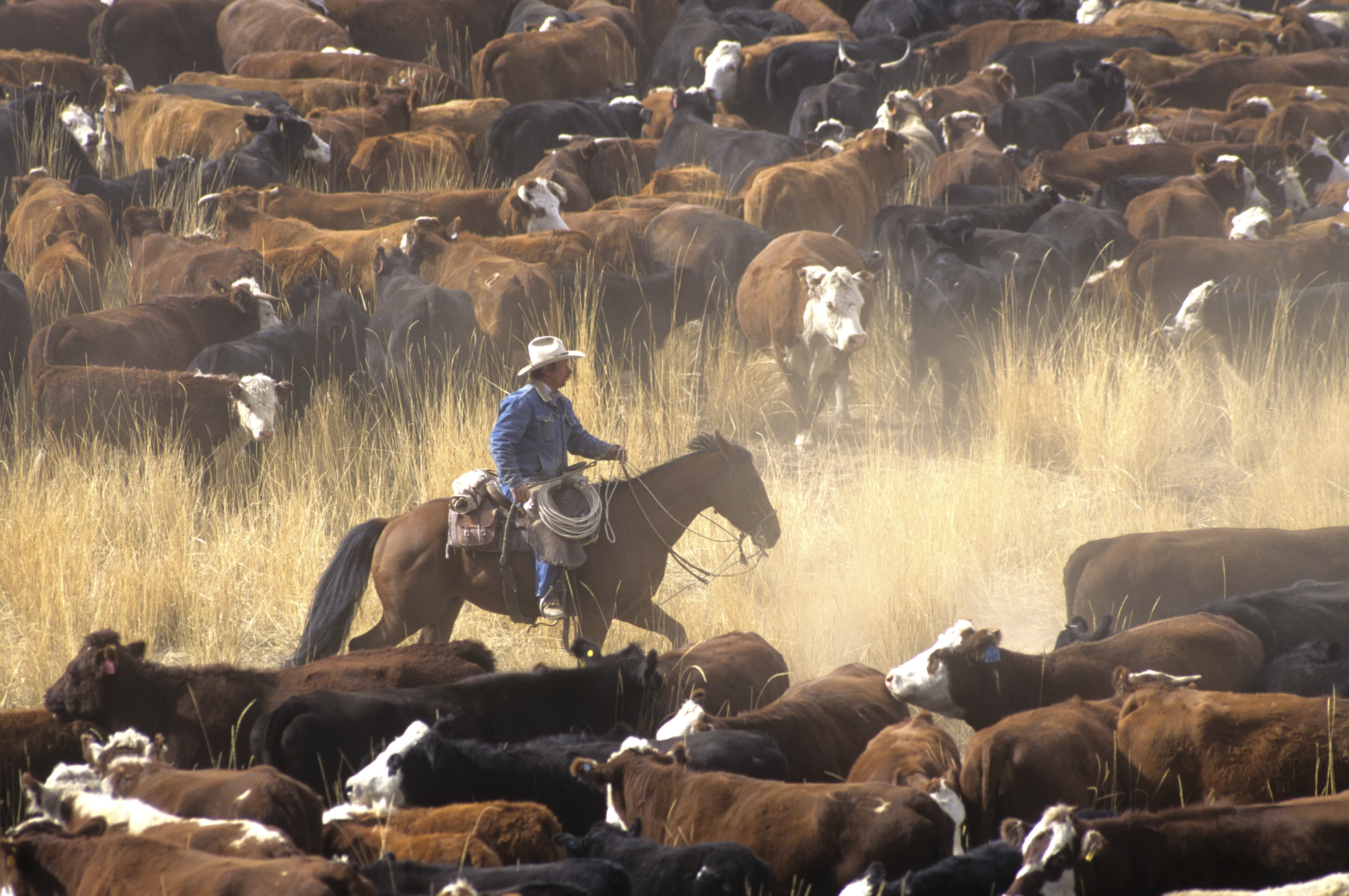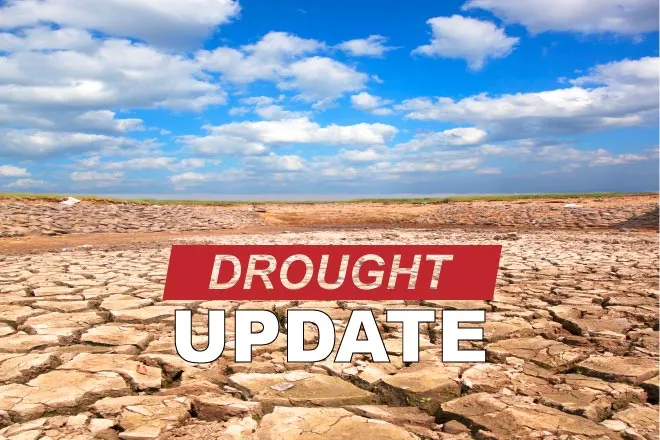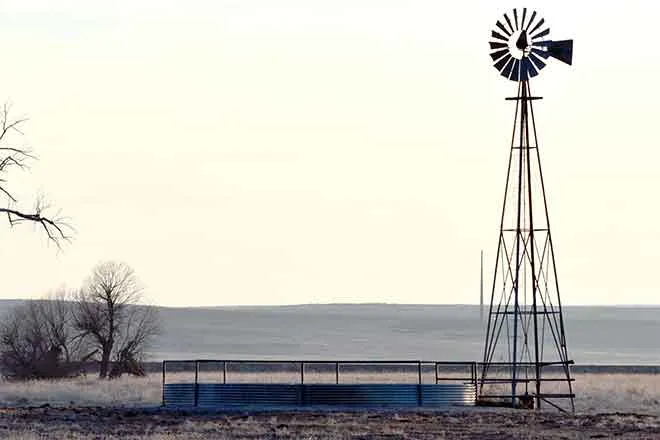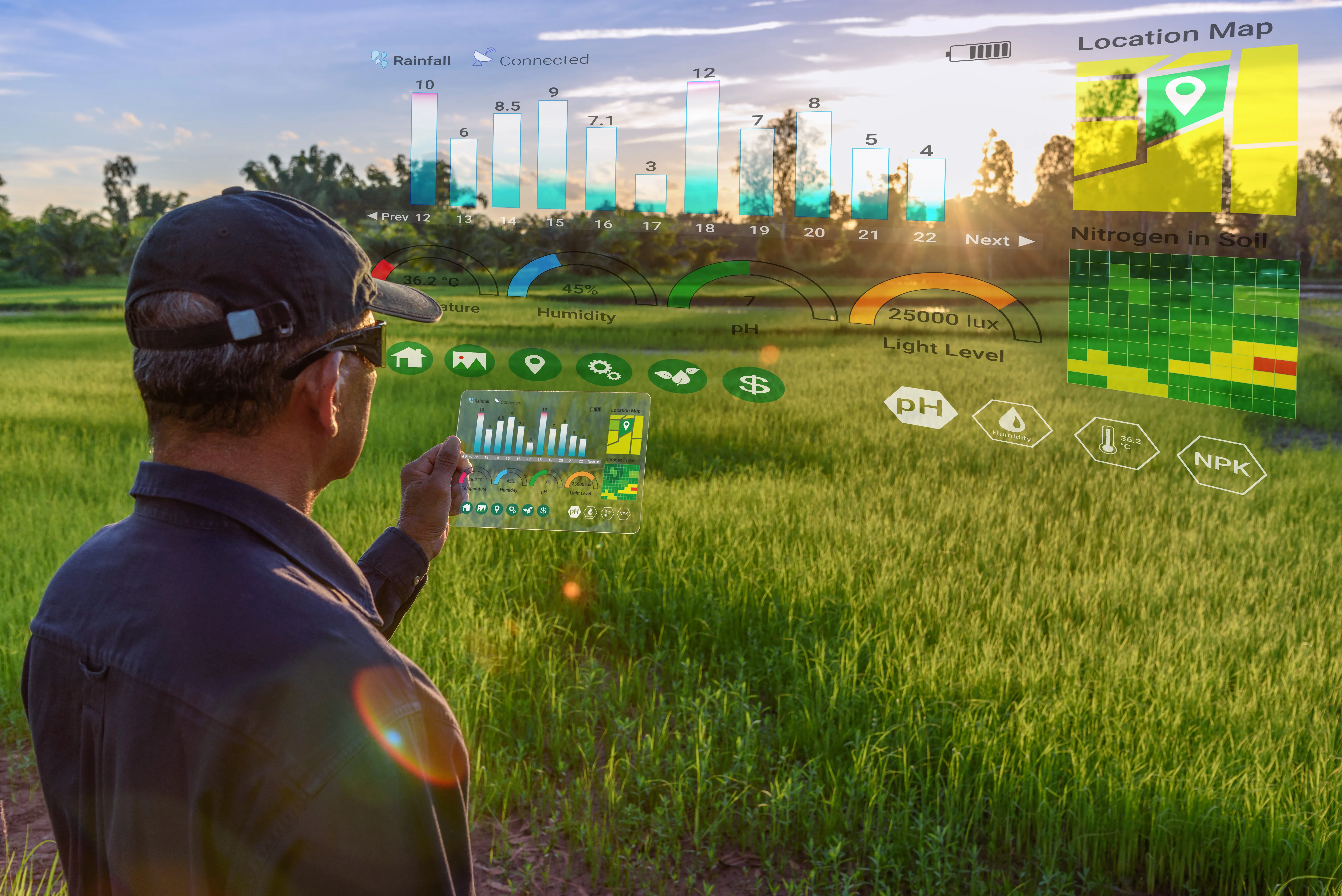
Alternative Feeds for Cattle During Drought
Drought conditions greatly reduce the available forage for livestock. They also impact forage and rangeland production across the state. Short and long-term ramifications will continue to affect the management of livestock. Livestock have been sold or relocated out of state in record numbers; however, there are alternatives for the remaining population.
Alternative Feeding Options
When deciding on an alternative feeding program, there are several options to consider. The goal is to re-breed cows while maintaining calving intervals, maintain pounds of calf produced per cow, and minimize feed cost per pound of calf sold. When considering feed options, think about the following:
- Design a feeding program to fully utilize local feeds,
- Supplement low-quality feeds correctly,
- Analyze forages and feed precisely,
- Substitute 1 pound of grain or other concentrate feed for 2 pounds of alfalfa hay or 3 pounds of grass hay,
- Carefully balance every ration against the animal’s requirements,
- Make every effort to reduce feed losses,
- Feed the highest quality feeds to animals that have higher feed requirements (i.e., growing replacement heifers or growing calves),
- Feed the lower quality roughages to cows in the middle-third stage of pregnancy,
- Save the better-quality feeds for periods before and after calving, and
- Treat low-quality roughages with various feed additives. Additives can improve palatability and feeding quality. (Brownson, 1996).
Stretching the Hay Pile
Substitute 1 pound of grain or other concentrate feed for 2 pounds of alfalfa hay or 3 pounds of grass hay. Do not exceed grain feeding by 0.4 percent of the live body weight when forage is the major component of the diet. Grain is not always practical to feed, but there are ways to feed it even in pasture or rangeland situations. Many producers use barrels, gated pipe split in half, bunks, or old hog feeders mounted on a trailer. Other management options can be found at www.ext.colostate.edu/drought/altfeed.html.
Relocating the cowherd into drylot is a management alterative that may allow producers to take advantage of grains and byproduct feeds (Wright, 2002). Diets for drylot cows are formulated to meet the nutrient requirements of the cows while minimizing feed costs. As a result, intake is generally limited, and more concentrate feeds are included to cheapen the diets.
Since intake on concentrate diets is restricted, cattle may appear gaunt and behave as though hungry. After 14 to 21 days, they will adapt to the reduction in feed intake, but they may continue to appear gaunt. Cattle should adapt to high-grain diets in seven to 10 days and should be observed closely during that time. A minimal amount of roughage is required to maintain rumen function. As a rule of thumb, cows should receive at least 0.5 percent of their body weight as roughage (90 percent dry matter basis). Thus, a 1,200-pound cow should receive at least 6 pounds of roughage per day.
Cows should be slowly adapted to high-grain feeding, just like feedlot cattle. A suggested practice is to begin with 2 to 3 pounds of whole shelled corn per head, per day and free-choice roughage. Then, increase the grain by 1 pound per day, and reduce the hay by 2 pounds each day until the final ration is attained. Make sure plenty of bunk space is provided so all cows can eat at the same time. Feed two times per day if possible. Once the cows are switched over to the limit-fed, grain-based ration, observe their body condition (fleshiness) over time and adjust the grain as needed to maintain adequate condition















